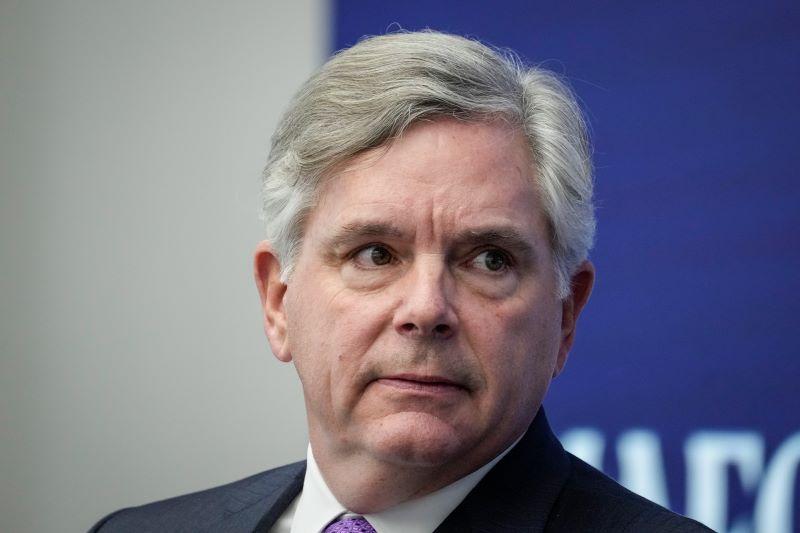Daily Memo: GE Aerospace Chief Sees No Quick Fixes For Supply Chain Woes

Credit: Drew Angerer / Getty Images
Chairman and CEO Larry Culp’s transformation of iconic General Electric from a troubled industrial conglomerate into a focused aerospace and defense company will culminate on April 2, when he rings the opening bell on the New York Stock Exchange and marks the official standup of GE Aerospace. And...
Subscription Required
Daily Memo: GE Aerospace Chief Sees No Quick Fixes For Supply Chain Woes is published in Aviation Daily, an Aviation Week Intelligence Network (AWIN) Market Briefing and is included with your AWIN membership.
Already a member of AWIN or subscribe to Aviation Daily through your company? Login with your existing email and password
Not a member? Learn how to access the market intelligence and data you need to stay abreast of what's happening in the air transport community.






